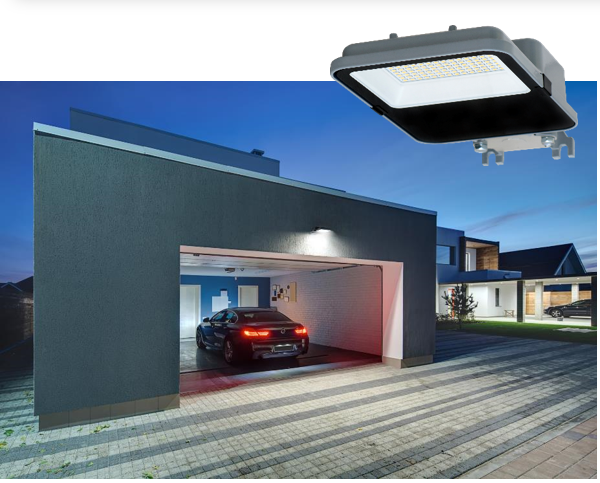Area Light- Different Light Distribution ?
Area light is commonly used for exterior lighting, such as parking lots, street lighting, sidewalks, industrial parks and building grounds. Area light can refer to many different types of light which are defined by different light distribution- below as 5 types of light distribution for different usage.
The type I distribution is great for lighting walkways, paths and sidewalks. This type of lighting is meant to be placed near the center of the pathway. Type I is a two-way lateral distribution- two principal light concentrations are in opposite directions along a roadway.
The type II distribution has a slightly wider area of lighting distribution, suitable for wide walkways, on ramps and entrance roadways. This type is meant for lighting larger areas and usually is located near the roadside.
The type III distribution is meant for roadway lighting, general parking areas and other larger areas of lighting. Type III lighting needs to be placed on the edge of the area with its linear directional light pattern.
The type IV distribution produces a semicircular directional light pattern. It is ideal for security lighting meant for mounting on the sides of walls, also suitable for illuminating wider walkaways.
Type V produces a full 360-degree lighting distribution with equal lighting distribution at all angles which can also be designed as a square pattern. It has to be placed in the center of the area, for example in commercial parking areas and intersections.
Not sure which light distribution fits your needs? Talk to First Lighting.
Views






















